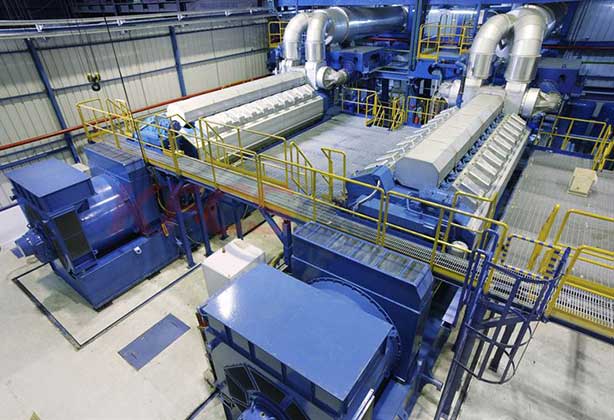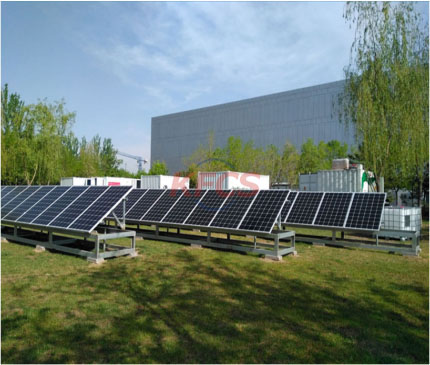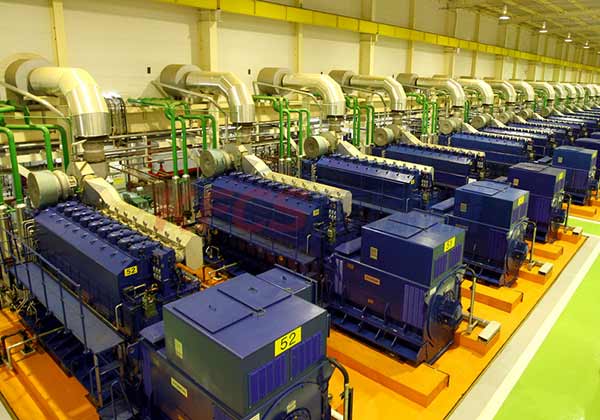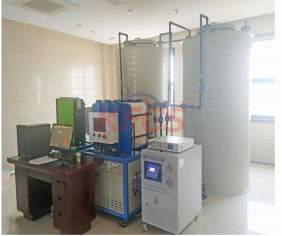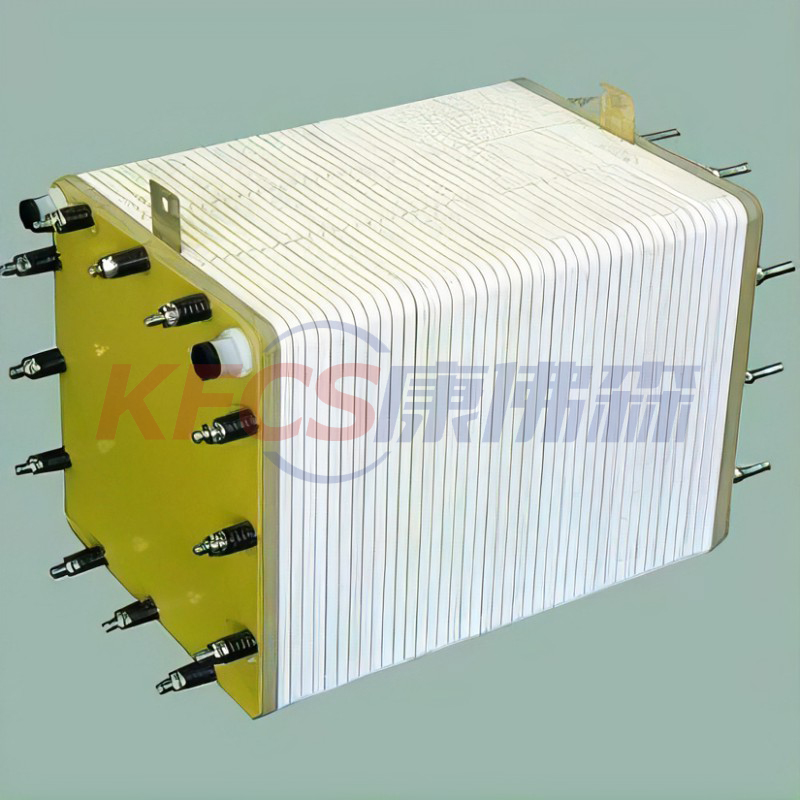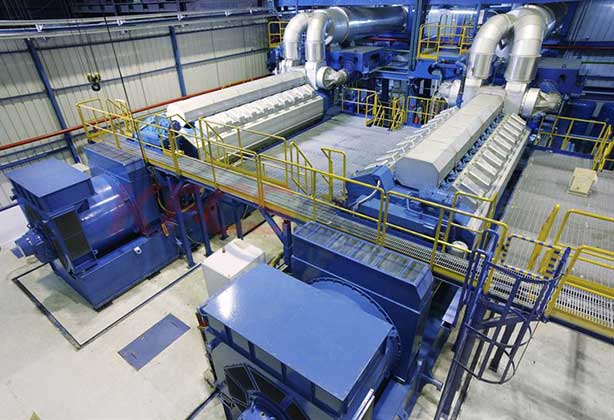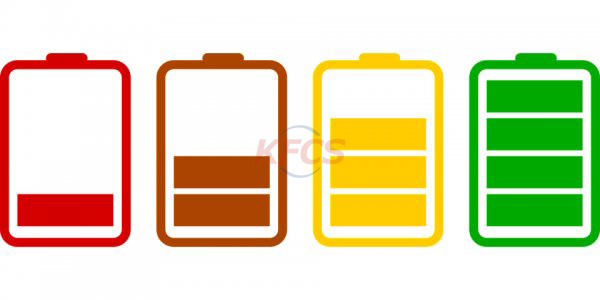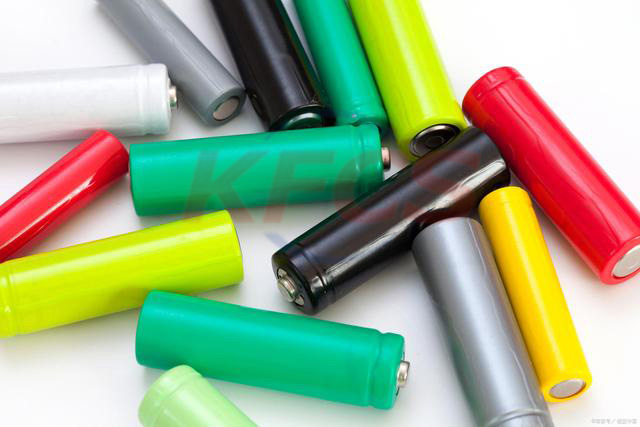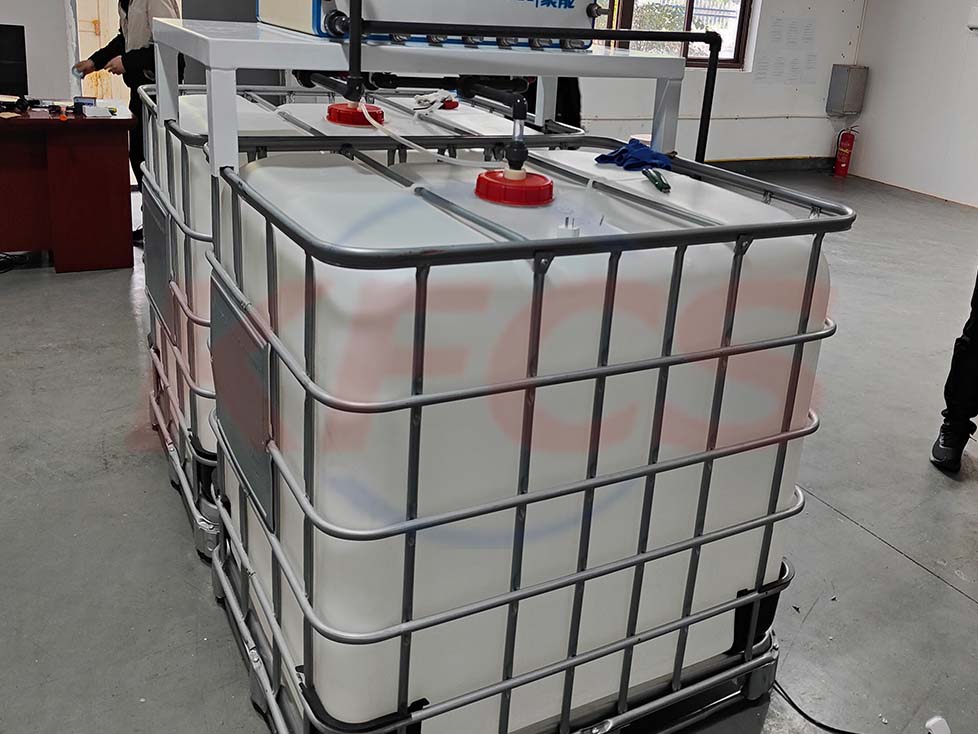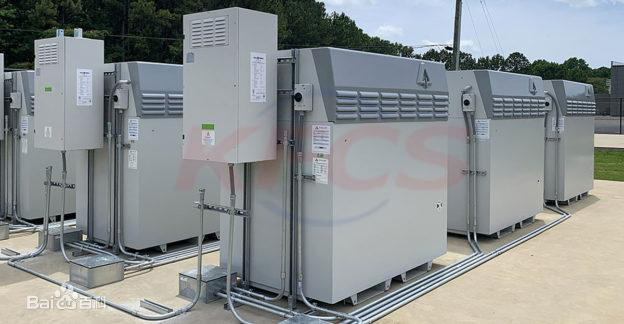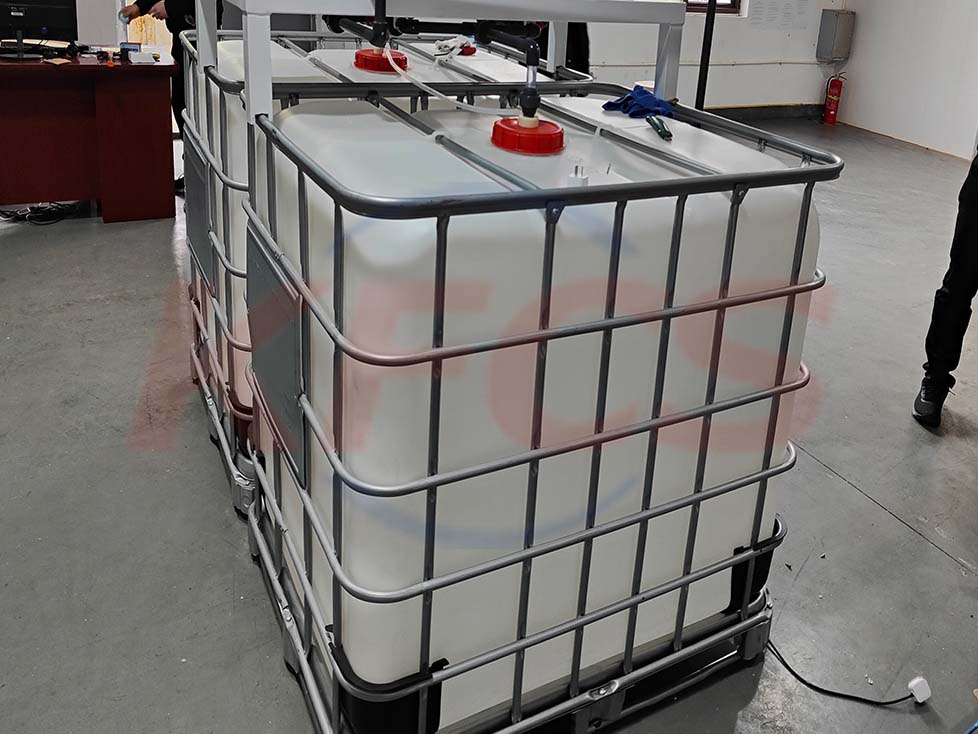The integration of wind power and storage is the new direction of new energy development in the future
The integration of wind power and storage is a direction for the development of new energy in the future. The most important thing is how to do energy storage, how much energy storage and how much capacity is allocated, because how much capacity is allocated determines whether our project is economical or not. Everyone also knows that the current energy storage investment should be said to be relatively large, and the investment rate of return is still relatively small, so the current energy storage development has encountered some problems. On the one hand, how to reduce costs in the manufacturing process, and how to reduce costs in planning and design, this is also a problem that all energy storage companies will face in the future.
Large-scale energy storage system, its role is also good, mainly in three aspects: First, one of the key directions of future capacity development, which can solve the access and consumption of clean energy. The second is to promote the construction of a new power system with new energy as the main body and a smart energy system based on the "dual carbon" goal. Third, energy storage is the foundation of the project of "integration of wind-solar-water-fire-storage and source-grid-load-storage integration".
Now the country is advocating integrated projects. In the final analysis, it is to solve the problem of local consumption of new energy. What are the requirements for large-scale energy storage battery technology? We have summed up three requirements: first, good safety; second, high cost performance in the life cycle; third, low environmental load in the life cycle. The above should be three aspects that we should consider when planning and designing or developing batteries.
In recent years, there are many companies doing flow batteries. The flow battery was originally proposed by a scientist in the United States in 1974. It has been continuously updated and iterated over the past few decades, and it is gradually becoming mature. There are two categories of flow batteries in terms of classification: one is an aqueous flow battery, and the other is a non-aqueous flow battery. The safety of water-based flow batteries is relatively high, because the electrolyte is water-based, and there is no problem of fire caused by overheating of the battery. At present, the more mature flow batteries are vanadium flow batteries, zinc-based flow batteries, and iron-chromium flow batteries.

